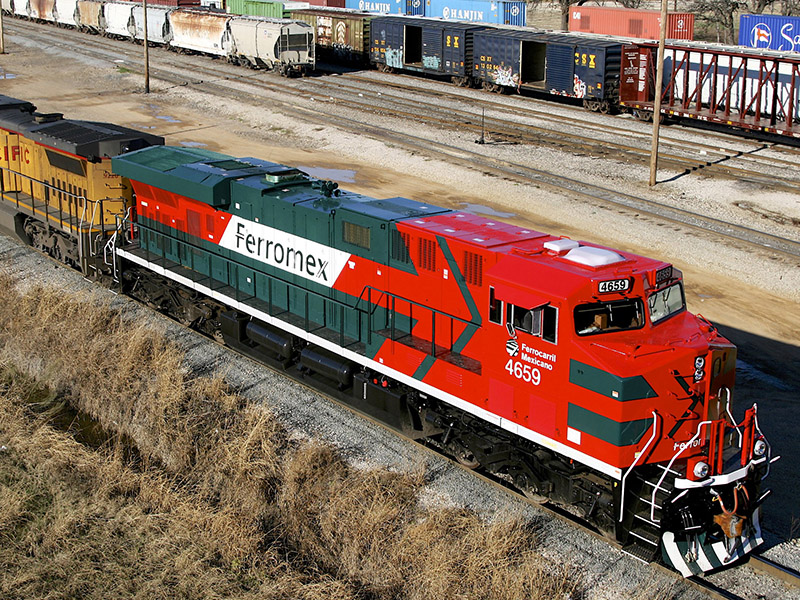How much more evidence do federal authorities in the U.S. need to fully understand that allowing Mexican train crews to operate in the United States would be a threat to border security?
In late September, it was reported that employees of Mexico’s largest railroad, Ferromex, who operate locomotives, were arrested by Mexican customs officers for allegedly attempting to traffic narcotics across the U.S. border in a locomotive bound for Eagle Pass, Texas, and points beyond. The arrests by customs agents with the assistance of the Mexican Army and National Guard happened within a few meters of the crossing into the United States at the International Bridge.
This is not the first report of Mexican train crews being linked to smuggling activity at this border crossing. In May, the BLET reported the arrest of a Ferromex engineer Cesar Alexis Ayala Zapata on the U.S. side of the border for migrant smuggling charges. Court records have since revealed that on multiple occasions this year, the Mexican engineer used his position and knowledge of railroad operations to tell migrants where to hide in the locomotive to avoid X-ray detection. The Ferromex employee also stayed in touch by cellphone with the individuals illegally trying to enter the United States. Court records also show that the Mexican engineer did not act alone, he had ties and payments from a transnational criminal gang.
Union Pacific, which holds a large stake in Ferromex, is seeking permission from the federal government to allow Mexican train crews to take freight trains as far as 20.5 miles into the United States near Eagle Pass and at another location near El Paso. Pilot runs have already been allowed.
BLET is adamantly opposed to the granting of these waivers. The union sees these proposals as a threat to American jobs, border security and the safety of the communities near the border.
BLET has asked the Trump administration to block these waivers. Members have been asked to participate in a Take Action to show their opposition to allowing Mexican national train crews to operate on this side of the border. Thousands of BLET members from across the United States have participated. If you haven’t already added your name, take a minute now and Take Action to protect the U.S. border and American jobs.
Photo by David Hawkins

